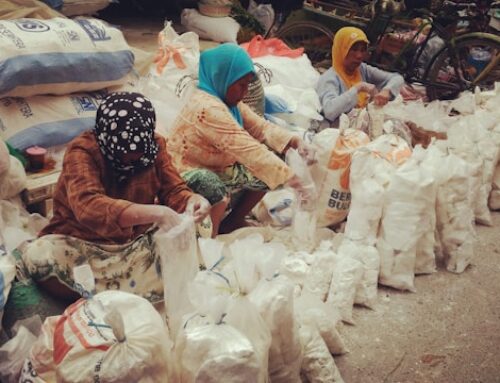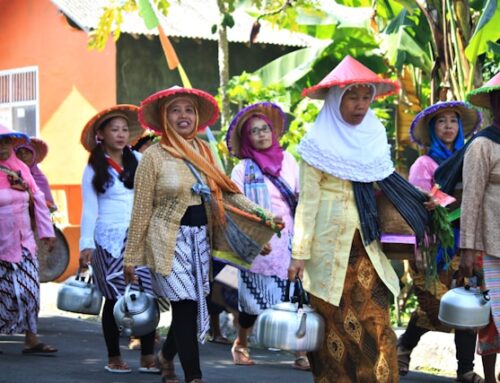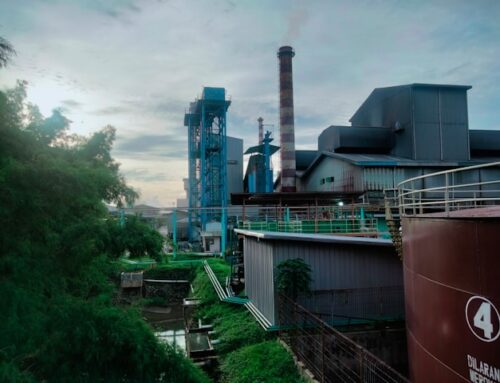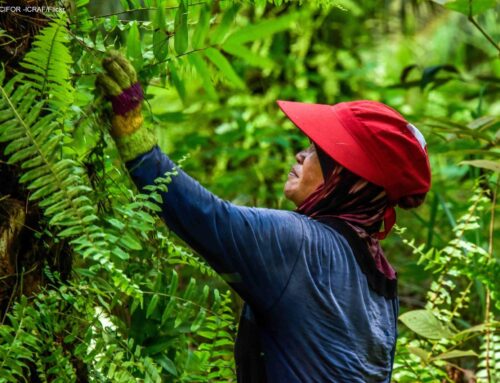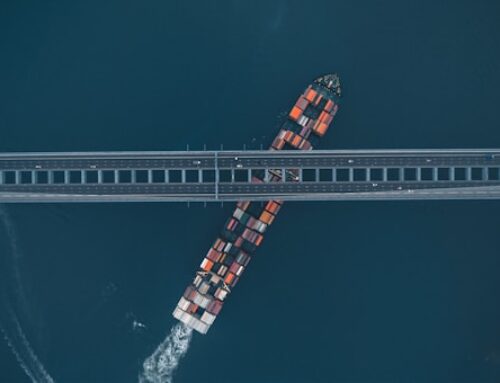Designing public transport networks involves tradeoffs between extensive geographic coverage, frequent service on each route, and relying on interconnections as opposed to direct service. These choices, in turn, depend on individual preferences for waiting times, travel times, and transfers. We study these tradeoffs by examining the world’s largest bus rapid transit system, in Jakarta, Indonesia, leveraging a large network expansion between 2016-2020. Using detailed ridership data and aggregate travel flows from smartphone data, we analyze how new direct connections, changes in bus travel time, and wait time reductions increase ridership and overall trips. We set up and estimate a transit network demand model with multi-dimensional travel costs, idiosyncratic heterogeneity induced by random wait times, and inattention, matching event-study moments from the route launches. Commuters in Jakarta are 2-4 times more sensitive to wait time compared to time on the bus, and inattentive to long routes. To study the implications for network design, we introduce a new framework to describe the set of optimal networks. Our results suggest that a less concentrated network would increase ridership and commuter welfare.
Pembicara: Arya Gaduh (University of Arkansas)
Thursday, 21 September 2023 at 09.00-10.00 WIB (online in Bahasa Indonesia/daring dalam Bahasa Indonesia)
Slides and video for past seminars:
